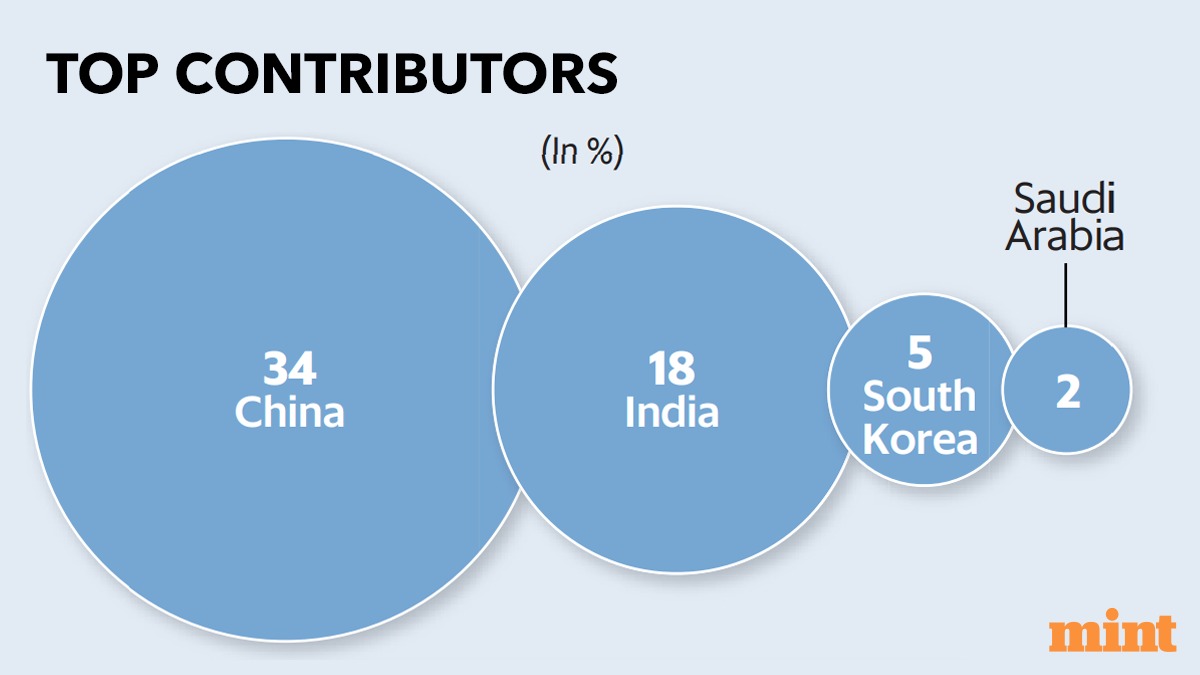
#MintPlainFacts | From high vacancies to shorter tenures to rising pendency, the Central Information Commission (CIC), India’s right-to-information (#RTI) appeals body faces a plethora of problems today.
Know more here: livemint.com/news/india/the…
Know more here: livemint.com/news/india/the…

#MintPlainFacts | In the first nine years since it was formed in 2005, the CIC was headless for all of 10 days. Since 2014, it has gone headless for 464 days. In each top appointment since, there has been a break, with the longest being in 2014 and 2015. 

#MintPlainFacts | Rising case pendency at the commission suggests that the appeals body is in urgent need of more commissioners.
In October 2017, the CIC had 24,287 appeals and complaints pending before it. In October 2020, this figure had increased by 52% to 36,894.
In October 2017, the CIC had 24,287 appeals and complaints pending before it. In October 2020, this figure had increased by 52% to 36,894.

Between 2015-16 and 2018-19, the CIC cleared an average of 26,681 cases a year.
In other words, it is currently carrying a pendency of 15-18 months.
Read today's #MintPlainFacts here livemint.com/news/india/the…
In other words, it is currently carrying a pendency of 15-18 months.
Read today's #MintPlainFacts here livemint.com/news/india/the…
#MintPlainFacts | When the last head Bimal Julka demitted office on 26 Aug, the work allocation at CIC was revised. Of the 93 government ministries and institutions, 24 were assigned to Sinha.
Of the five ICs currently in position, Sinha has the highest caseload of 9,393 cases.
Of the five ICs currently in position, Sinha has the highest caseload of 9,393 cases.

#MintPlainFacts | Caseload of CIC has been increasing despite it returning a growing number of appeals since 2015. It can do so under Rule 9 of the RTI Rules, 2012, citing “deficiencies" in documentation.
livemint.com/news/india/the…
livemint.com/news/india/the…
In 2013, CIC did not invoke Rule 9 even once. In 2014, it invoked this rule on 39 occasions. In 2015, this shot up to 15,355 cases. It has stayed in five digits since.
Meaning, for every 2 cases the CIC registers, it's rejecting one appeal on grounds of inadequate documentation
Meaning, for every 2 cases the CIC registers, it's rejecting one appeal on grounds of inadequate documentation

#MintPlainFacts | A daily deep-dive that helps us see beyond the headline numbers.
Subscribe here: accounts.hindustantimes.com/lm/userplan?ut…
Subscribe here: accounts.hindustantimes.com/lm/userplan?ut…
• • •
Missing some Tweet in this thread? You can try to
force a refresh













